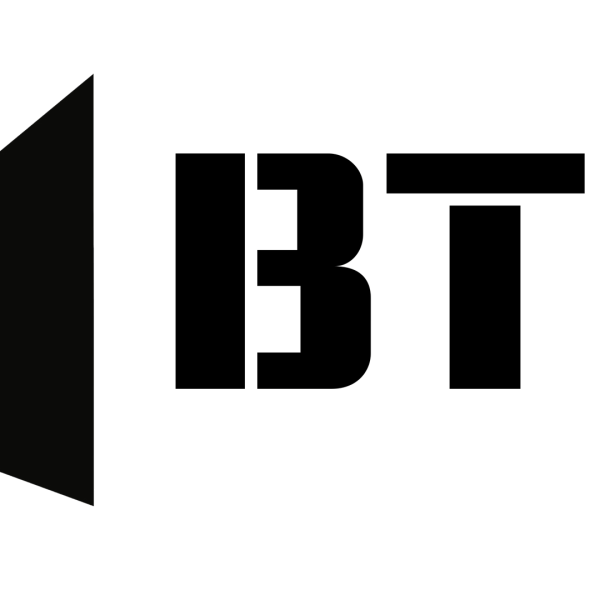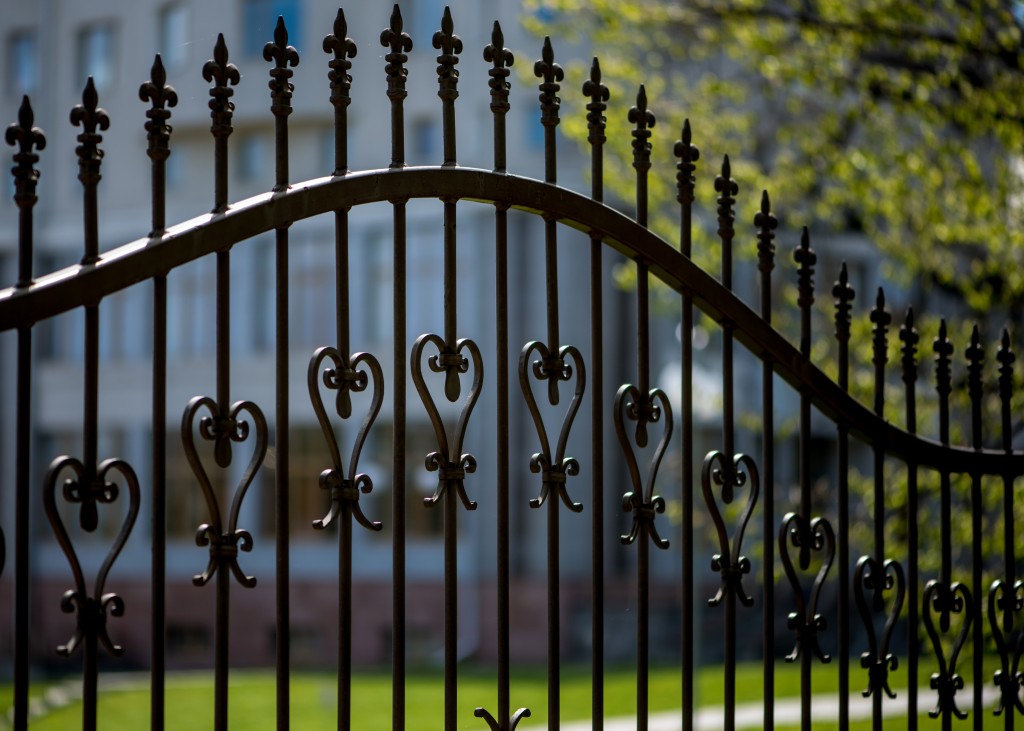Collectibles have become a massive hit over the past year. Since the sudden outbreak of the global pandemic, everyone has tried to find more ways to keep their minds away from stress and anxiety. For many people, they found solace in collecting all kinds of items that they could add to their growing set of similar things or hold on to as investments for the future.
Becoming a collector nowadays has also become easier and more accessible, especially with the rise of trusted online memorabilia shops. However, there are specific perils to consider when you’re starting on your hobby of collecting. Finding a lot of fakes and imitations, in particular, is among the most common pitfalls you will run into.
Key to Authenticity
Much like paintings or sculptures, collectibles are also a form of art in a certain sense. As a collector, simply knowing how genuine an item in your collection is can make all the difference in the world — most especially if you treat them as investments. To guarantee this, there are plenty of firms out there that offer authentication and grading services for memorabilia.
Regardless of what items you’re trying to collect, from trading cards to sporting equipment, authenticity is paramount. It’s more so when you’re looking to purchase a collectible that has an autograph of a particularly notable personality on it. It would be much better if the item will come with a letter of authenticity from a legitimate and established authentication company.
There are various ways to check for the authenticity of a signed collectible. The autograph authentication process, however, is one of the easiest and most commonly used methods. Here’s what you should know about how it works if you’re looking to have a particular item authenticated yourself.
Inked In
Most autograph authentication experts follow a particular step-by-step procedure to determine whether it’s legitimate or not. The first step among these is to analyze the ink that was used to sign a specific item.
Here, the experts will figure out whether the ink of the autograph has already permeated into the surface it was applied on. This enables them to indicate how old the signature is, which will also establish whether the item is genuine or not. They will also usually look into whether the ink is the same as those used within the period when the item was supposedly autographed.
Proper Markings

After the ink has been deemed correct, the experts will then take a look into the object that it was signed on. This can be extremely tricky, especially if the autograph is found on the item itself — like a guitar or a baseball — rather than a piece of paper that comes with the collectible.
If the signature is found on paper, it can be reasonably easy to determine its age. The experts will typically look into etching, the paper’s deterioration, and brown spots found on the paper known as “foxing.” However, when it’s on the actual item, it will usually require more complex authentication methods.
Detailed to Perfection
This next stage of the authentication process is likened to forensic handwriting evaluation since it will take an in-depth examination of every letter and distinction of the signature. Among the elements to be evaluated include the flow, the angle of the letters, and where it starts and ends.
Most established authentication companies will usually have a library filled with verified signatures or authentic copies that they can easily use as reference. This allows them to readily accomplish a side-by-side comparison, which is the final stage of the process before your item is tagged, graded, and given a certification.
The Future of Authentication
While all of these might seem a little extensive and complex, it’s worthwhile to have your collectibles go through various authentication processes. However, you might also be able to do all of these within the comfort of your own home sometime in the near future.
Quite recently, Professional Sports Authenticator (PSA), the most trusted third-party trading card authentication company, acquired software that will allow sports card collectors to use artificial intelligence (AI) to help them grade their collections. This might be reserved for sports memorabilia at the moment, but expect it to become available for different collector’s items soon.
Even the luxury art industry has begun its shift towards digitalization. Ultimately, however, nothing will beat the expertise of an established professional who has been doing authentication services for years. As much as possible, always opt to have your collectibles authenticated in person.




